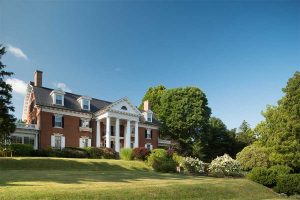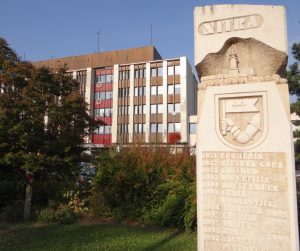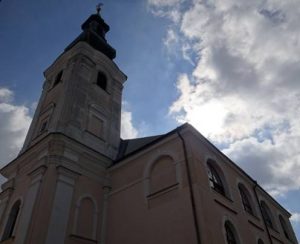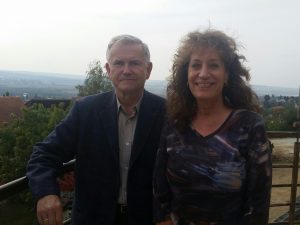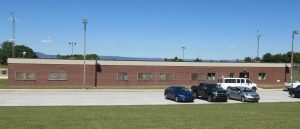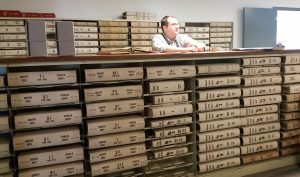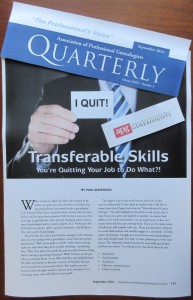Your First Franklin County Genealogy Workshop, Of Course!
Yes, it’s over *sad face* but it was so much fun! A great group attended our first “Finding Family in Franklin County” genealogy workshop. Because of their honest feedback, I am calling this our Pilot Program. I especially enjoyed catching up with everyone at breakfast and dinner. My first question was always—hesitantly—“Did you find any new records?” And the answer from everyone was, “YES!” Someone even found a real live cousin!
The attendees from Virginia, Philadelphia and Pittsburgh checked into the Mercersburg Inn at noon on Wednesday. That afternoon, we presented three 45-minute sessions:
- The Genealogical History of Franklin County – Janet Pollard, Franklin County Visitors Bureau
- Original Records, In and Around Franklin County – Justin McHenry, Franklin County Archives
- A Guide to Franklin County Repositories – Pam Anderson, Anderson CoGen
Wednesday night, we met for dinner at the James Buchanan Pub and Restaurant for great conversation and discussion of plans for Thursday—where people going and what they were looking for.
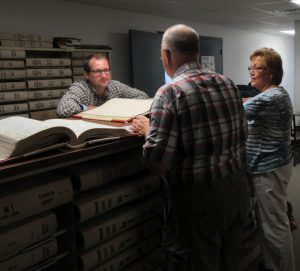
On Thursday morning we met for breakfast to give everyone an encouraging send-off. Individuals went to the Conococheague Institute in Welsh Run, Fendrick Library in Mercersburg—actually 2 people went there Wednesday before and after dinner—the Franklin County Historical Society and of course, the much heralded Franklin County Archives. Coincidentally, everyone was researching in the south-western part of the county, so they could discuss where they were going and what resources they were looking for. As I checked in at the various repositories, it was evident that everyone was doing fine, and appreciated the time to research on their own. We met again for dinner and to share what everyone found. Justin McHenry at the Archives was clearly the star of the day, finding records that others were not aware existed.
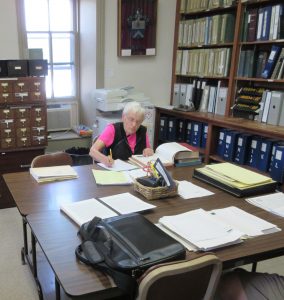
On Friday morning, at our final meal together, the group openly shared their thoughts on the workshop. This was a true debrief of what everyone liked and what could be improved for next time—and there WILL be a next time! Because of the great relationships we developed in three short days, we got excellent feedback on what to continue and what to add. Some of the suggestions were to include historic tours as an option, rotate the venue around the county, discuss more about cemeteries and church records, and include more “locals” from the genealogy community—all ideas that we will definitely look at incorporating into the next session.
But mostly there was praise for the workshop:
“This workshop would benefit beginning researchers as well as more experienced researchers because we could choose What and Where to research and go at our own pace. The discussions about the local repositories and what they offer was the jumping off point for us to explore what interested us. Pam was an excellent facilitator to point us in the most advantageous direction for our personal research goals.”
I couldn’t have worked with a better team. Thank you Janet and Justin—and my advisors!!
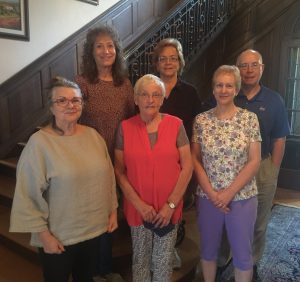
After the group picture—it’s what we genealogists do—I thought everyone would head home, but I was wrong. After checking out, everyone went on another excursion, either to a repository or sight-seeing around the county. And I went home, satisfied that we did what we set out to do—help others Find Family in Franklin County.

